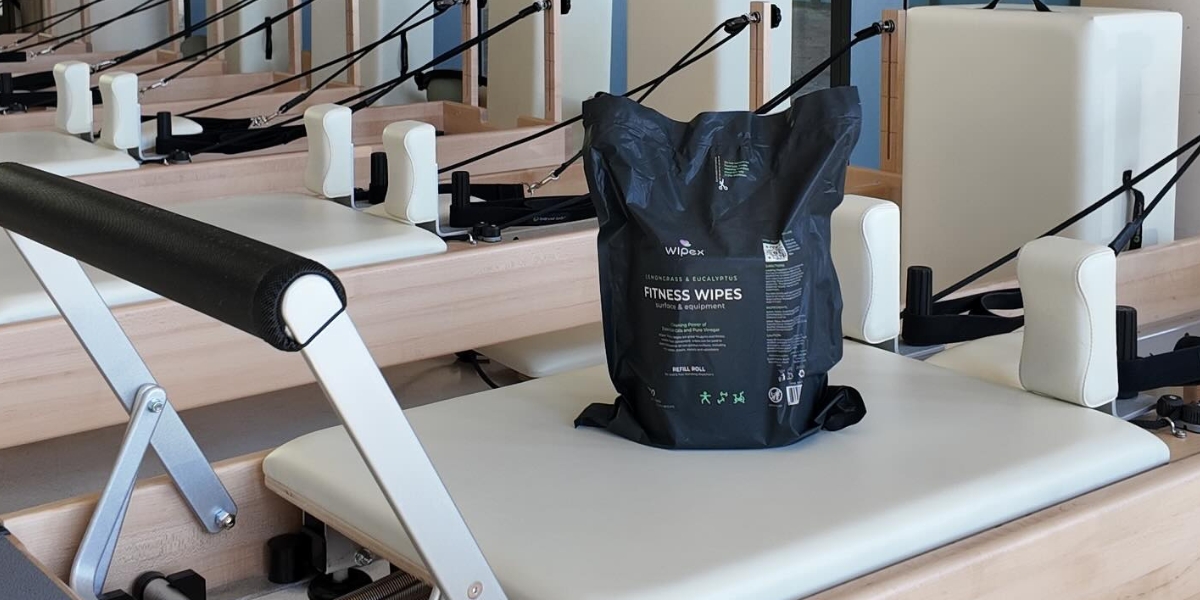By: Joshua Finley
In a world where financial jargon often leaves the average person bewildered, finance expert and TEDx speaker Manasa Savanur stands out for her ability to simplify complex financial concepts and integrate risk-aware decision-making into financial education. Savanur’s journey into finance began with a simple question to her parents about their stock market investments, which sparked a long-term pursuit to understand and demystify the financial industry.
“Risk identification and risk assessment are the first steps of financial planning,” Savanur explains. ” Understanding risk equips businesses and individuals to tread carefully and make better financial decisions aligned with their risk appetite. Understanding all of this may not be as simple as it seems. Savanur soon realized that it was not just her, but people worldwide shared the same experience of feeling overwhelmed by financial jargon. This realization led her to study finance both at the undergraduate and graduate levels.
With over a decade of experience in the financial industry, Savanur has made a considerable impact. Her work in interest rate risk management involves sophisticated financial modeling and engineering, yet she emphasizes the importance of understanding the basics of financial concepts. “Keeping things simple and discussing the basics can provide a big-picture view of the financial system, how individual spending patterns impact the economy, and how the economy, in turn, impacts individuals is fascinating,” she says.
Her unique approach to financial literacy is further enriched by her strong academic background and years of experience working at some of the world’s leading banks. She believes that finance is a tool to achieve what you want, and clarity helps you determine what you truly want. “A lot of us keep spending on things that are easy to buy or impulse purchases, thinking we lack money, whereas what we lack is clarity,” she notes. “Clarity helps you gain insight, prioritize your goals, and make better financial choices. These small financial decisions over time are what ultimately build your wealth,” she says.
Wealth creation is always on everybody’s mind whether we actively pursue it or not. Addressing common misconceptions about finance is another key aspect of wealth creation. She challenges the belief that you need to be rich to invest, that budgeting is too restrictive, and that saving is the same as investing. ” These misconceptions lead to poor financial habits. Our thoughts should work for us, not against us,” she emphasizes.
Savanur’s TEDx talk on the sunk cost fallacy has created quite an impact on finance enthusiasts. She explains why it’s beneficial to forego past costs and cut losses to save your present & future. The sunk cost fallacy is common yet challenging to overcome, as it involves letting go of past investments. It goes against the conventional advice of ‘don’t waste money’ but has far-reaching impacts when you understand the concept. Her holistic approach towards finance focusing on clarity and risk awareness is very well received by the audience.
As an advocate for conscious spending, she explains with a relatable example: “Many of us have closets full of clothes but still feel like we have nothing to wear. The issue is not a shortage of clothes, but a lack of clothes that make you feel confident. Finding clarity and not aimlessly shopping can help redirect money to more fruitful endeavors. Conscious spending helps you maximize the value of what you pay for by focusing on per usage cost rather than per unit cost.”
Manasa Savanur’s story epitomizes resilience, determination, and a relentless pursuit of excellence and clarity. From her modest beginnings in Bangalore, India to her established career in the United States, she embodies the values of continuous growth, innovation, and social impact. Her dedication to work and active community involvement paints a picture of a woman who has navigated the complexities of financial markets with integrity and a clear sense of purpose.
Published by: Martin De Juan






